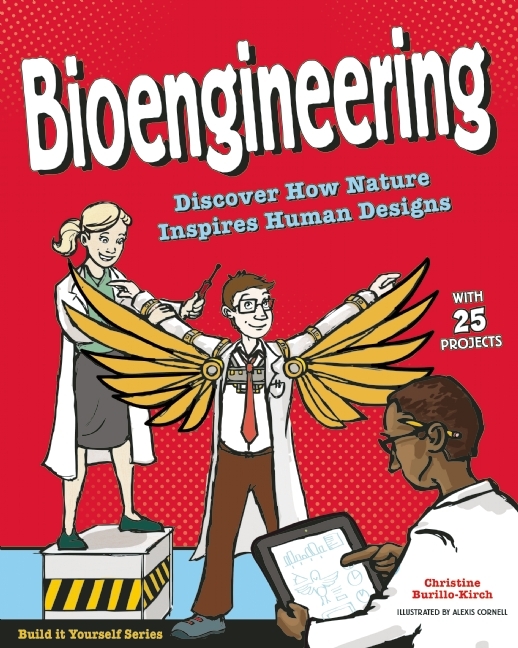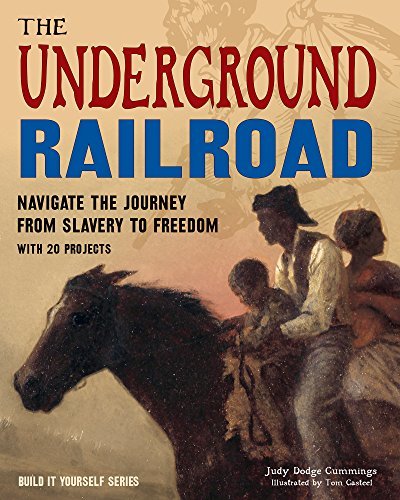


Books in series

3-D Engineering
Design and Build Your Own Prototypes
2015

Timekeeping
Explore the History and Science of Telling Time with 15 Projects
2012

Garbage
Investigate What Happens When You Throw It Out with 25 Projects
2011

Fault Lines & Tectonic Plates
Discover What Happens When the Earth's Crust Moves With 25 Projects
2017

Bioengineering
Discover How Nature Inspires Human Designs With 25 Projects
1850

The U.S. Constitution
Discover How Democracy Works with 25 Projects
2016

Seven Wonders of the World
Discover Amazing Monuments to Civilization with 20 Projects
2011

Skyscrapers
Investigate Feats of Engineering with 25 Projects
2013

Build Your Own Periscope, Flashlight, and Other Useful Stuff
2011

Amazing Maya Inventions You Can Build Yourself
2007

The Underground Railroad
Navigate the Journey from Slavery to Freedom With 25 Projects
2017

Inca
Discover the Culture and Geography of a Lost Civilization with 25 Projects
2013

Comics
Investigate the History and Technology of American Cartooning
2014

The Industrial Revolution
Investigate How Science and Technology Changed the World with 25 Projects
2011

The Oregon Trail
The Journey Across the Country From Lewis and Clark to the Transcontinental Railroad With 25 Projects
2017
Authors

Sheri Bell-Rehwoldt, a military brat, graduated from the University of Texas (Hook 'em, Horns!!) and has the framed diploma to prove it, though she can't quite remember where she put it. Ah, UT: Beautiful buildings, beautiful people, beautiful cars. But, with 50,000 students, it's an easy place in which to lose your soul. Sheri's fondest memories? The stench of pigeon poop, (oh so pungent after an Austin rain), a firm bum courtesy of the long haul between classrooms, and the time she wore a "Jesus Saves" T-Shirt to class and droves of students parted before her like the Red Sea. Sheri used to have a "real" job, but these days she's an award-winning magazine writer and editor. She also writes books for kids. Her latest, a picture book illustrated by the fabulous David Slonim, is about a very James Bondish Tooth Fairy. The publisher is Chronicle Books, her wonderful editor, Susan Pearson. Sheri wrote the book after the Tooth Fairy made a late night appearance, during which she demanded that Sheri set the record straight. "I'm a technology chick," Sheri swears the Tooth Fairy declared. "The whole fairy dust thing is soooo old school." Sheri's first middle-grade novel, about a kid who'd rather live anywhere but the junk lot he calls home, is currently with her agent. To read a bit of the novel, click here. If you're an editor, please, please, please talk to her agent. To contact Sheri about personal visits, email her at Sheri@Bell-Rehwoldt.com "


It all started with a four-inch book written in green crayon on peach paper, called "The Rabbet and Dog and Cat." Yes, I realize that's not how rabbit is spelled. I know that now. But when I was five, I wasn't worried about the spelling. I was too busy creating my masterpiece ("illustrated by the author"). Today, I write on the computer (look, Ma, no crayons!) — my books include chick lit (HALFSIE), nonfiction (Nomad Press series), a middle grade (REGINALD PEPPER) and an upcoming young adult novel (SHE). I'd love to talk about books with you!


